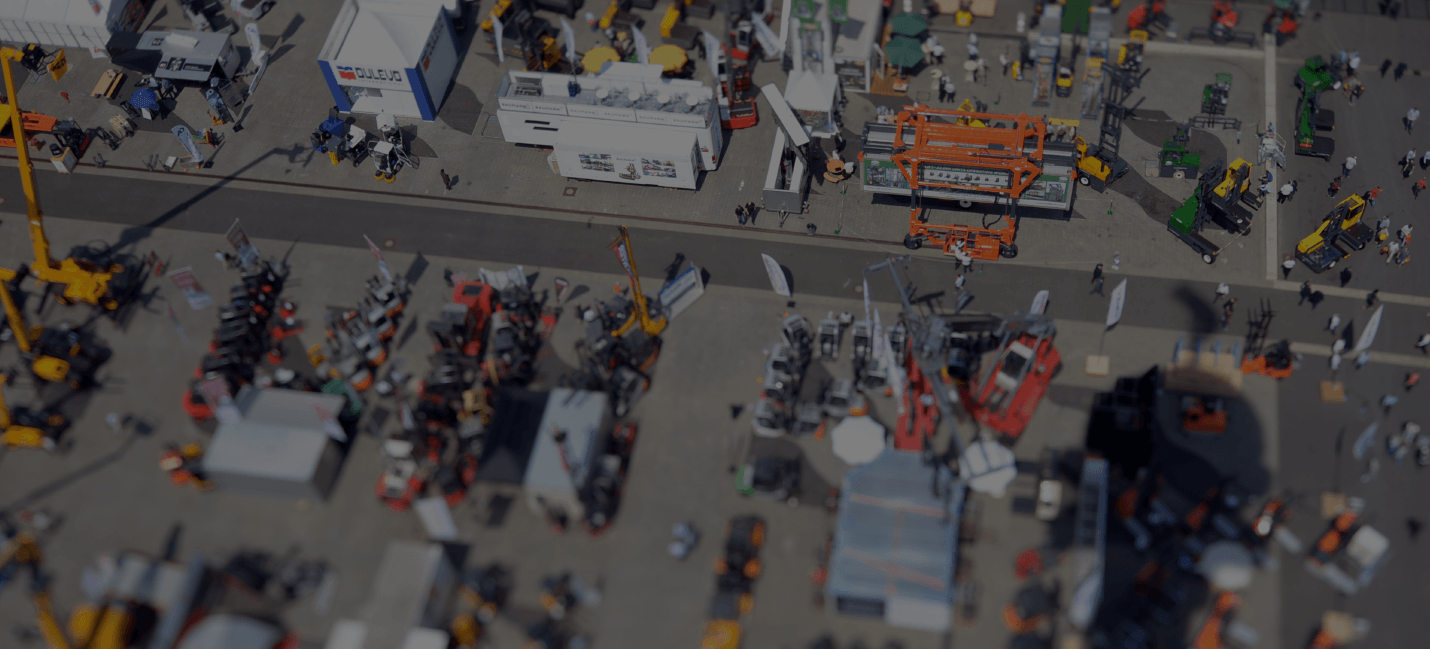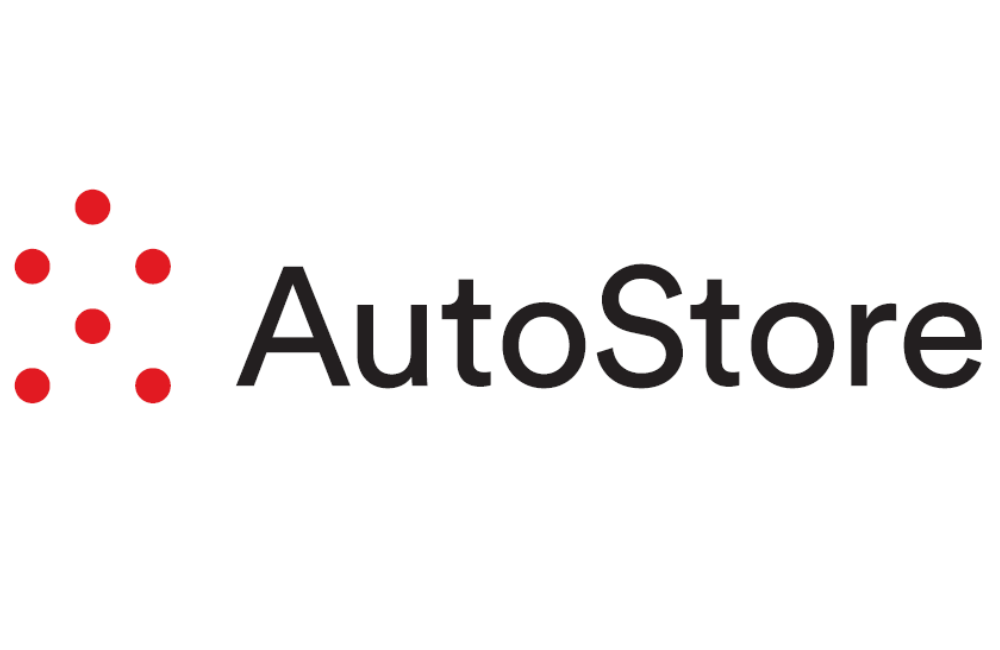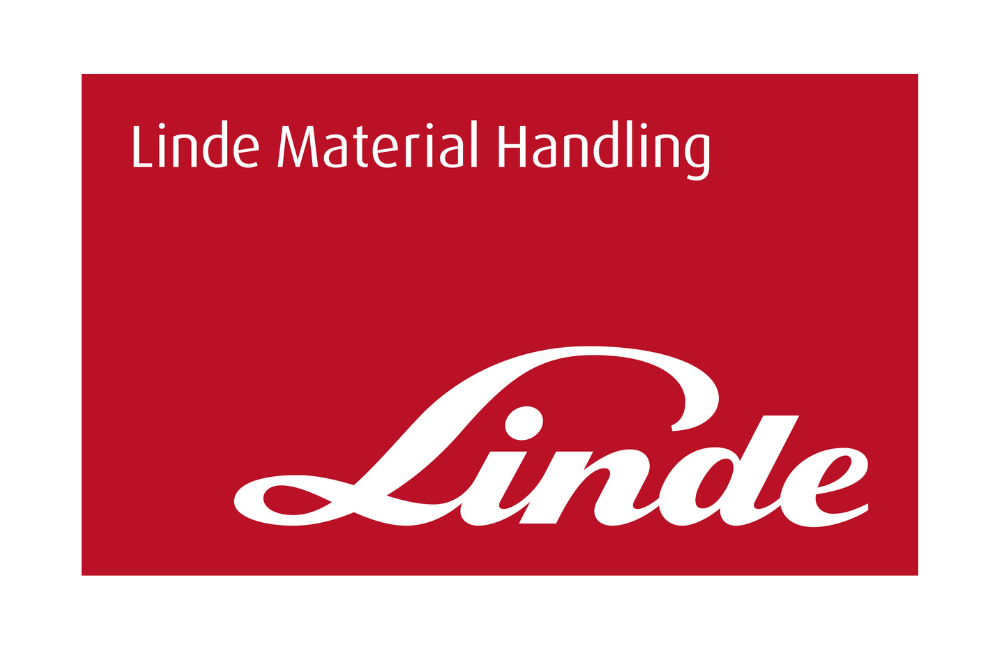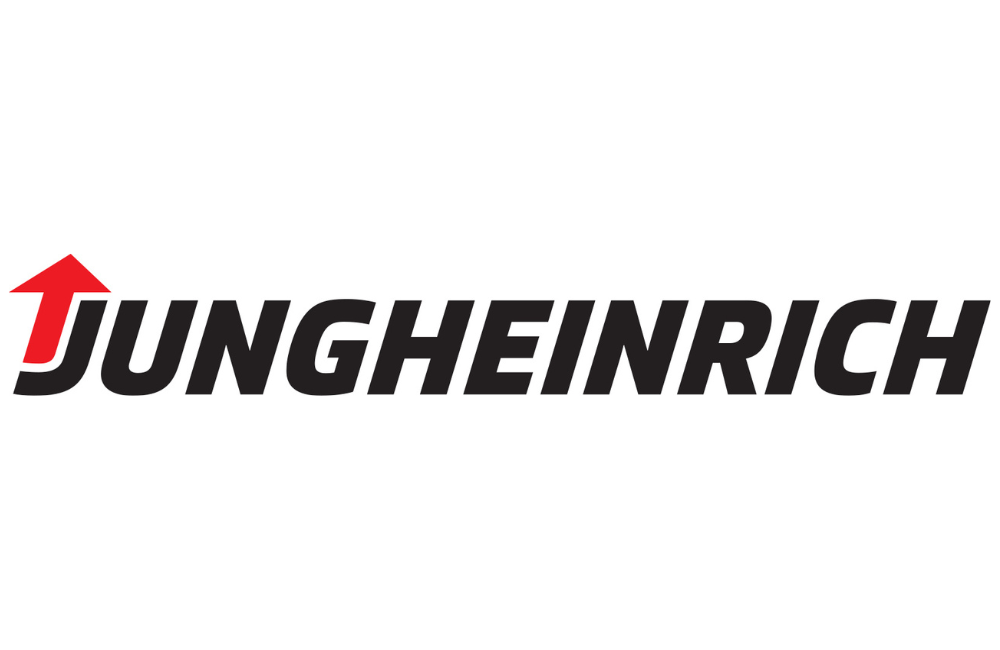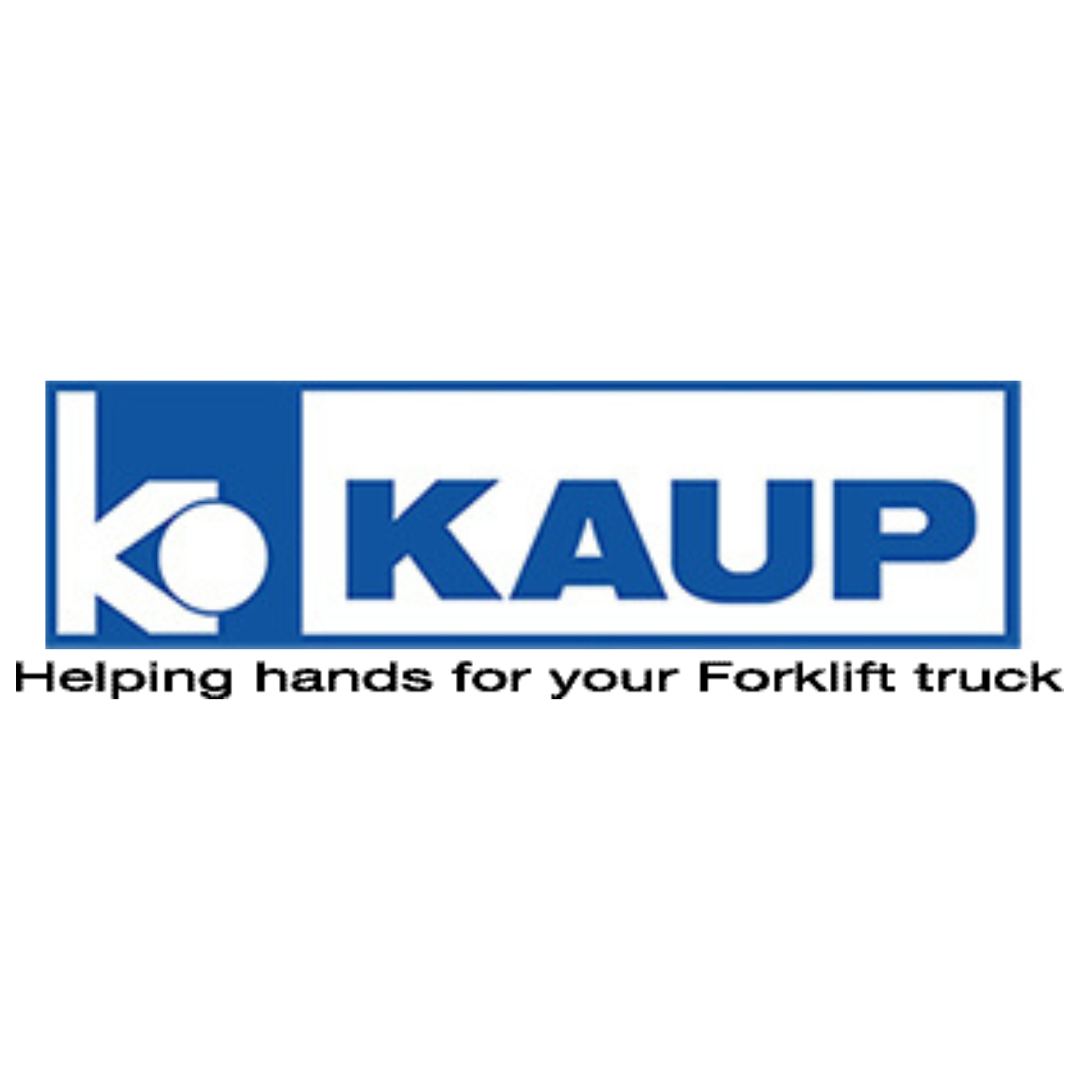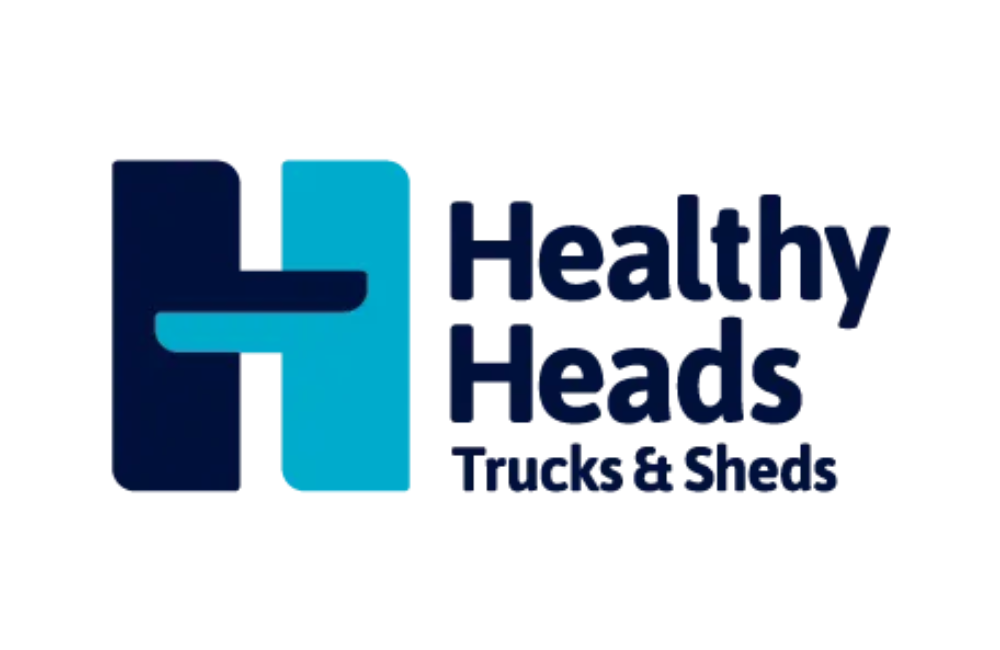Early adoption of innovative, flexible and scalable automation solutions is crucial for the supply chain
Retail has come full circle from the days of getting milk delivered straight to your door. The introduction of corner stores and then later, massive malls housing hundreds of different retailers tempted consumers out of their homes, but with the growth of online shopping, consumers are now wanting more and more items home delivered again. This illustrates how consumers very quickly change what they want in terms of how they want to receive goods and the convenience of shopping.
It is important that supply chain operators understand the changing demands of today’s consumers, and how to meet them now and in the future. Based on this understanding, they must have the right technology in place if they want to keep up in the competitive eCommerce industry.
eCommerce sales have steadily increased, now making up approximately 7.25% of total retail sales in 2019*. And this growth does not look to be slowing down anytime soon, so the supply chain must act now.
Power shift
Consumers are becoming more and more demanding in terms of their expectations on a number of supply chain variables. Things like delivery (including free delivery and on time delivery), accuracy of order and ease of returns, are consumer expectations that are driving supply chain innovation.
While decades ago power sat with the supply chain in the sense that they were able to dictate when things would get delivered and for what set price, this has changed in the last few years and the power has shifted to the consumer. It's driving innovation in supply chain and companies need to respond with greater flexibility and greater agility, as well as provide a very definitive and competitive price, which is the challenge.
Improved delivery a key priority
Along with saving money, increased convenience and product range, flexible delivery options are a key driver for online shopping, but also an area where retailers can make significant improvements, which is important when competitors continue to up their delivery game. Free delivery is currently a key priority for online shoppers and is today more important to consumers than next day delivery. However, speed of delivery is becoming increasingly more important.
Consumer expectations are very high these days - they want fast delivery, but they also don’t want to have to pay high delivery or returns fee. As a result, on the business side of things, there are now a lot of different costs to account for in terms of making sure consumer demands are met, but also that supply chains aren't short-changing themselves in terms of making costs too low.
The supply chain needs to be able to keep up with continuing increased demand, because while the focus right now might be on providing free delivery, consumer demand can change quickly, and supply chain might next need to be able to deliver within just a few hours – something that is already expected in many parts of the United States and Europe. Having flexibility when it comes to delivery is going to be key moving forward.
These expectations are also filtering to B2B
While the expectations of consumers are currently driving eCommerce supply chain innovation and change, these factors are also filtering right through the industry and making their way into general supply chain, such as wholesale and B2B thinking as well.
Businesses are expecting similar service levels and delivery windows to what the end consumer is demanding, which is putting greater pressure on the supply chain. This shows that consumer trends are driving significant behavioural change across the supply chain in general and not just in eCommerce.
Transforming order fulfilment with automation
Automation is not optional if supply chain businesses want to keep up with current increased demands through improved productivity, efficiency and delivery services.
Automation is about return on investment (ROI) and it can help deal with two key variables. The first is to reduce the cost of distribution by reducing the reliance on labour and introducing productivity and efficiency improvements that ultimately translate to a reduced cost. The second is that automation drives efficiency so that the supply chain can improve delivery windows as well. And automation can also improve accuracy because it takes out human error.
When looking at automation, however, it is vital that businesses are investing in technology that is flexible, scalable and modular, to ensure that the automation is able to adapt, grow, and change alongside increasing and changing consumer demand. To this end, businesses need to work with a technology partner who will enable them to deal with the changing landscape.
Be an early adopter
The early adopters are the ones that are going to benefit from the competitive advantages that automation presents. And having those competitive advantages in today's fast paced eCommerce environment is going to be highly beneficial. If businesses wait, they will find themselves left behind and they will eventually lose the consumer. Consumers remain loyal as long as the business continues to deliver what they expect, but are also very quick to shift as soon as they are disappointed.
Businesses need to capture customer loyalty early and this means getting the price right, getting the delivery window right, making the return easy, making sure the pick is accurate and that customers get exactly what they asked for.
The threat of being left behind should be a real concern for many supply chain operators. There are a surprising number of businesses still running manual processes, who just can't get over the inertia of needing to move and automate their supply chain.
However, if businesses are slow to adopt, by the time they do, other businesses will already be onto the next thing and offering something even better. The supply chain cannot afford to wait when it comes to investing in flexible, scalable and modular automation solutions if they want to keep up with the fast-moving, ever increasing demands of the consumer.
*Source: eMarketer, InsideRetail Hong Kong Statista 2019


